|
 The Trudeau government's budgetary promise to Canada’s Indigenous communities is as encouraging as it is overdue The Trudeau government's budgetary promise to Canada’s Indigenous communities is as encouraging as it is overdue
“I commit to you that the Government of Canada will walk with you on a path of true reconciliation, in partnership and friendship.”
So vowed Prime Minister Justin Trudeau as he donned the traditional headdress accompanying honorary membership in the Tsuut’ina Nation earlier this month. The ceremony, held near Calgary, Alberta, involved over 100 Treaty Chiefs from across Canada.
Trudeau was also awarded the name Gumistiyi, “The One Who Keeps Trying.”
As evidenced by the government’s inquiry into murdered and missing aboriginal women, as well as last week’s budget, which directs billions in new funding toward indigenous communities, Trudeau is indeed trying to signal a new federal relationship with Canada’s indigenous citizens. As the prime minister claimed, there was no relationship “more important to me and to Canada” than the one involving “First Nations, the Métis Nation, and the Inuit.”
In the budget released last Tuesday by Finance Minister Bill Morneau, $8.4 billion has been earmarked over the next five years, in phases, for infrastructure, health and education initiatives. Declaring the new investment “historic,” Assembly of First Nations National Chief Perry Bellegarde claimed the new funding will be a “very significant step” in improving the quality of life “for our people.”
The new spending is unparalleled, pledging $3.4 billion more than the moribund 2005 Kelowna Accord, which was endorsed by Paul Martin but eschewed by Stephen Harper.
This budgetary promise to Canada’s indigenous communities is as encouraging as it is overdue. As a CBC investigation released last fall revealed, many of Canada’s First Nations still experience appalling health, housing, and sanitation services, mirroring in some cases the desperate conditions of the most impoverished nations in the global south (conditions of special concern for MP Carolyn Bennett, herself a physician and now Minister of Indigenous and Northern Affairs).
Two-thirds of all Canada’s First Nations communities, for example, have been under a drinking water advisory during the past decade, with the Neskantaga First Nation of Ontario suffering under a “boil water” order for 20 years. Imagine having to boil your city tap water for 20 days, let alone 20 years, and you get a droplet of what our indigenous brothers and sisters have to endure each day. For years.
And as UN human rights observers, government reports, and media investigations have repeatedly observed, First Nations housing across the nation is deplorable, with severe shortages, overcrowding, and ramshackle homes the norm rather than the exception. In the devastating case of the northern Ontario Cree community of Attawapiskat, for example, the Cree leadership was forced to declare a state of emergency five years ago. With dozens of families living in non-insulated tents and makeshift sheds, sans heat or water, and many more living in condemned buildings, conditions are death-dealing. The average temperature for January in Attawapiskat is -27C.
While indigenous leaders such as Chief Bellegarde have welcomed the increased resources heralded in the new budget, others, such as Cindy Blackstock, President of the First Nation Child and Family Caring Society, have been less enthusiastic. She notes that $634.8 million pledged to child welfare is spread out over five years, when there is urgent need now for help. Moreover, she notes, the largest portion is slated for the fall of 2019, after the next federal election.
For Timothy Leduc, a scholar whose research touches on indigenous world views and climate change, such critiques reflect a sense that Canada needs to move eventually to a federal budget that “totally revisions” the status quo. Leduc, a professor at Wilfrid Laurier University and author of the forthcoming book, A Climate of Mind: Passages from Fur to Energy and Beyond, notes there is a “deep historic discord” between Canada’s historical resource-based economy and Indigenous lifeways entailing profound connections to the land. We are in a time, he avers, “when fast and broad changes are needed; changes that have cultural depth and practical implications for all.”
As Leduc’s work suggests, the healing of relations and the fostering of friendship among indigenous persons, the Canadian government, and the entire multicultural skein of Canada, will involve deep shifts in our reigning social, economic, cultural and ecological patterns.
This healing will require that all of us, not just the prime minister, “keep trying.”
By: Stephen Bede Scharper republished with his permission.
Stephen Bede Scharper is an associate professor of environment at the University of Toronto. His column appears monthly.
|
 In spite of all the Alleluias this Easter season, do you sometimes find your faith tested and your heart heavy? Daily we hear in the media another item added to a universal litany of woes: terrorist attacks in Paris and Belgium, insufficient responsible action being taken on the urgent environmental and social challenges facing the world, inhumane conditions on Aboriginal reserves, helpless immigrants fleeing war and certain death in their countries, concerns about Canada’s assisted suicide decision and the list continues.
In spite of all the Alleluias this Easter season, do you sometimes find your faith tested and your heart heavy? Daily we hear in the media another item added to a universal litany of woes: terrorist attacks in Paris and Belgium, insufficient responsible action being taken on the urgent environmental and social challenges facing the world, inhumane conditions on Aboriginal reserves, helpless immigrants fleeing war and certain death in their countries, concerns about Canada’s assisted suicide decision and the list continues.




